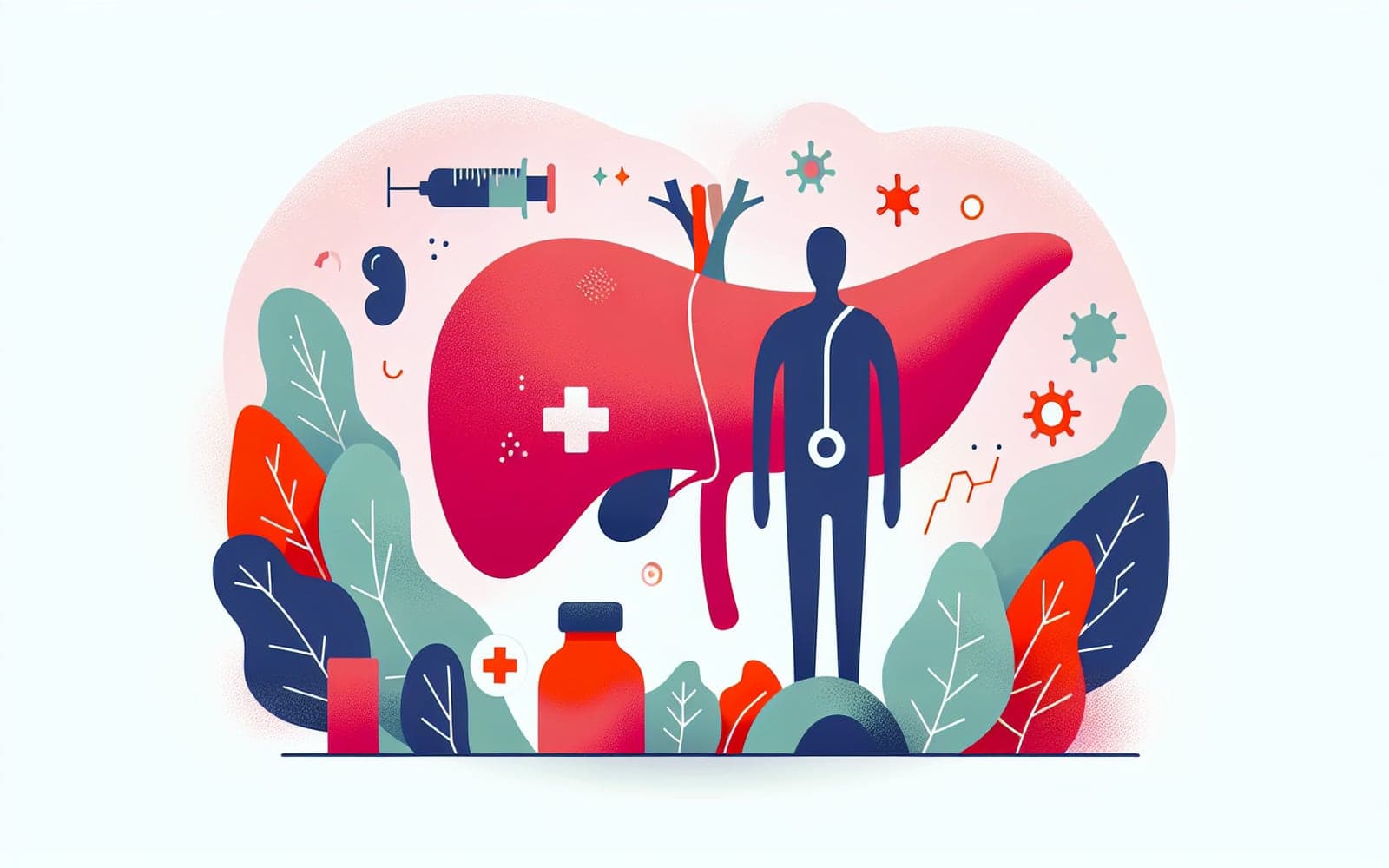What is Acute Cholecystitis? Understanding the Inflamed Gallbladder
Published: Jun 01, 2024
Acute cholecystitis is a sudden inflammation of the gallbladder, often caused by gallstones. This painful condition requires prompt medical attention to prevent serious complications.
Contents
Symptoms: More Than Just a Stomachache
The hallmark of acute cholecystitis is severe, persistent pain in the upper right abdomen or center of the belly. This pain often lasts longer than 4-6 hours and may spread to the right shoulder or back. Other symptoms include fever, nausea, vomiting, and loss of appetite. Imagine your gallbladder as an overinflated balloon - it's swollen, tender, and causing discomfort in the surrounding area.
Causes: Stones and Blockages
Acute cholecystitis typically occurs when a gallstone blocks the tube (cystic duct) that leads out of the gallbladder. This is like a clogged drain in your sink - when the water can't flow out, pressure builds up and causes problems. However, the full story is more complex. Scientists believe that additional irritants in the gallbladder, along with potential bacterial infection, contribute to the inflammation.

Diagnosis: Putting the Pieces Together
Doctors diagnose acute cholecystitis through a combination of physical examination, blood tests, and imaging studies. A key sign is the 'Murphy's sign' - pain when the doctor presses on the gallbladder area while you take a deep breath. Ultrasound is the primary imaging tool, showing gallbladder wall thickening and stones. In some cases, a special scan called a HIDA scan may be used to check gallbladder function.
Frequently Asked Questions
It occurs in 6-11% of patients with symptomatic gallstones over 7-11 years.
Symptoms may subside in 7-10 days, but complications are common without treatment.
While not always required, surgery is often recommended to prevent recurrence and complications.
Maintaining a healthy weight and balanced diet may help reduce gallstone formation risk.
Key Takeaways
Acute cholecystitis is a serious condition that requires prompt medical attention to prevent potentially life-threatening complications.
If you're experiencing persistent abdominal pain, don't hesitate to consult with Doctronic about your symptoms and potential next steps.Related Articles
References
Gallaher JR, Charles A. Acute Cholecystitis: A Review. JAMA 2022; 327:965.
Trowbridge RL, Rutkowski NK, Shojania KG. Does this patient have acute cholecystitis? JAMA 2003; 289:80.
Always discuss health information with your healthcare provider.

